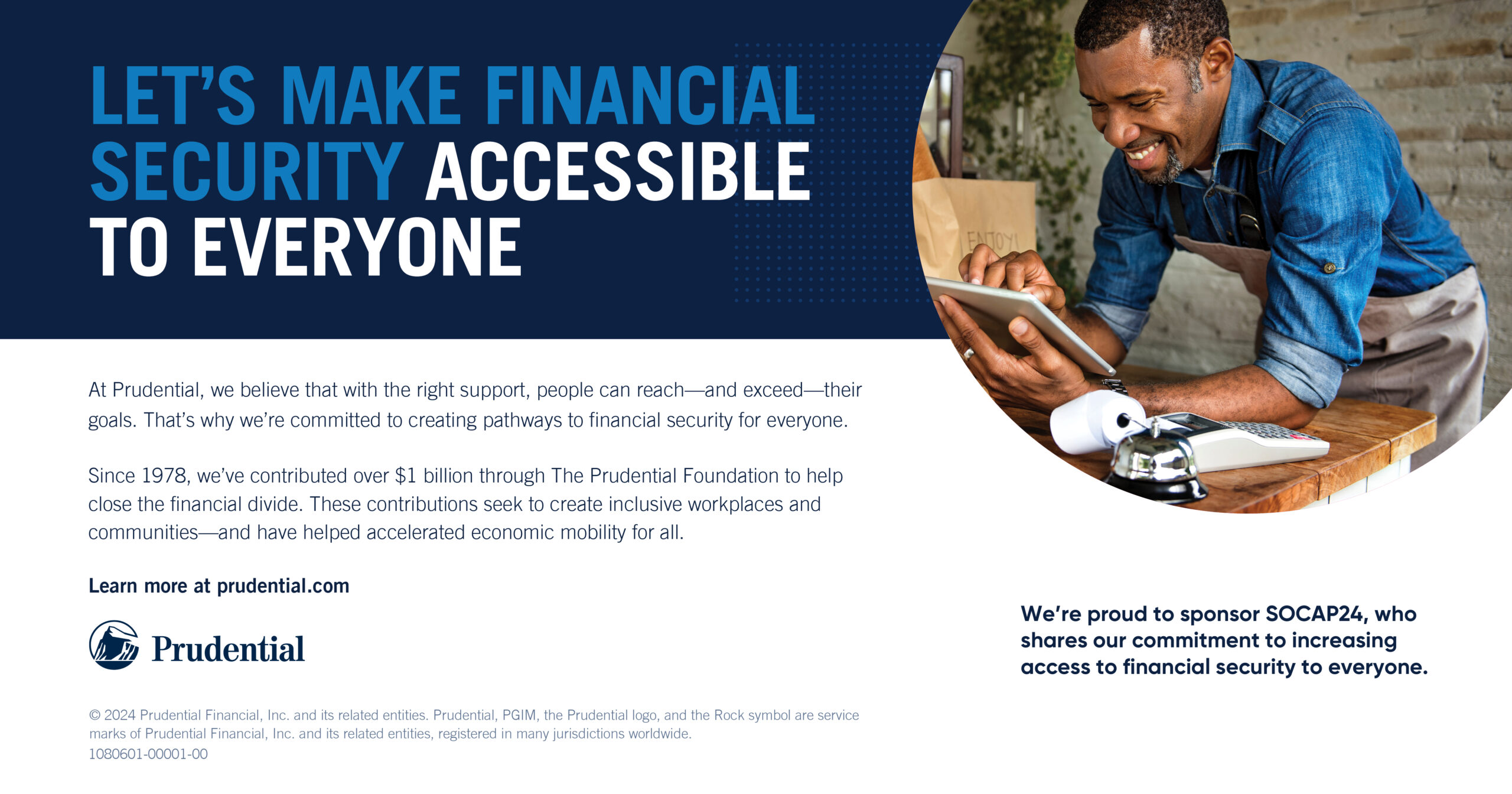It is probably not news to you that food waste is a serious issue. In fact, the USDA estimates that 30 to 40% of all food in America is wasted resulting in overflowing landfills and greenhouse gas emissions. The World Wildlife Fund estimates that 37 million cars’ worth of emissions is due to food waste.
Fortunately, we can help reduce these emissions by separating our food waste from regular trash. Each situation is unique, but here are some recommendations for reducing waste, separating it successfully, and making sure it finds a suitable endpoint.
While many of us have been working from home to help stop the spread of coronavirus, let’s look at steps we can take at home, and when we return to the office, to stop food waste. Here are some best practices to start in your homes or virtual offices:
- Save vegetable scraps for chicken or vegetable stock
- Plan meals and purchase only the food you need
- Use your freezer to keep leftovers or extra quantities of food
- Track food that you waste and try to identify patterns to improve in the future. For example, I always try to buy spinach because I know it’s good for me. But I don’t like it as much as other green vegetables, so I always overlook it when I get home. I’ve stopped buying it and try to focus on greens I like and know I will reach for.
Keep food waste from the regular trash
You can help reduce emissions and help the planet by finding a way to keep food waste from regular trash. Your location and living situation will dictate your options. I recommend googling “your municipality + food waste” as a start.
Here are some typical situations:
- Backyard or common garden area. If this is you, look into ways to make compost.
- Food waste pickup or drop off in your area. Many cities have curbside food waste pickup or farmer’s markets that accept drop-offs. Do some research and find your best option.
- If your area lacks formal pickup and drop off and you lack a yard, try reaching out to a friend with a garden or to a local community garden, many will be happy to take your food scraps.
Once you have your options, save and store food waste for your pickup or drop-off option.
Once we are back at work, take your food waste knowledge into the office.
The best thing your company can do to reduce emissions related to food waste is to set up a separation system. Separating food waste from trash keeps it out of landfills and reduces emissions. Consider these two options:
Establish Partnerships
Partner with a local compost or organics company that will set up your company with a separate food waste bin or bucket. Google and find a local company that offers this service. The company will give you guidelines on food to separate and what must go into the trash. Some companies are “compost only” meaning no meat or dairy, while others will take all food waste (this food waste usually goes to biogas systems).
Get Creative
Alternatively, if your offer is small enough, someone might offer to DIY a food waste solution. If an office mate has a garden or another compost site, collect “compost only” scraps and keep them in the freezer for one or more employees to take home regularly. Save coffee grounds for people to take home for their gardens! Get creative on storage, collection, and pickup. Again, the internet is a great resource for this. This could be a short term solution dependent on the number of people in your office. You might start off putting aside a small waste amount for individuals to take home and as the project grows, consider an outside source.
Communicate
Communicate food waste habits with catering. Monitor current orders to ensure companies send the correct amount of food. Ask employees to pack up and take home any leftover food. Shift order sizes or days for catering based on your findings.
Track it
Track and report any food waste that you separate. If you use an outside company, they should be able to give monthly or annual weight totals. If you’re doing a DIY solution, consider weighing or counting the number of vessels that you fill with food waste each year. Share this with stakeholders, including employees, to continue reduction efforts.
We can each make an impact with our food waste choices. With some small changes, you can help facilitate smart food waste choices. With some research and decision making, you can make a dent in food waste emissions and keep your employees conscious of how their decisions affect the environment.






